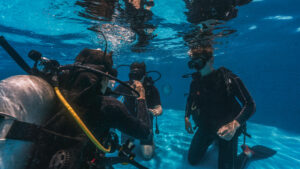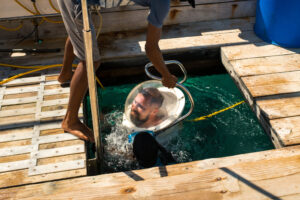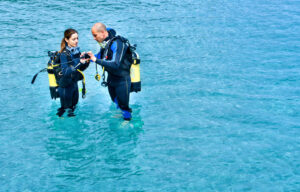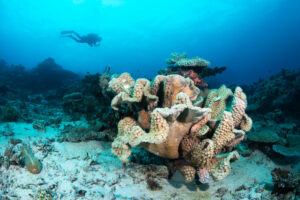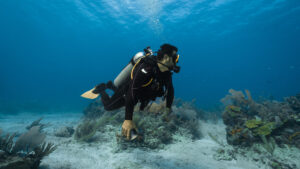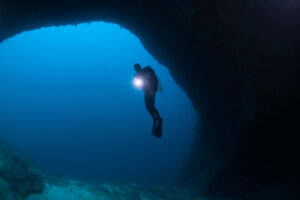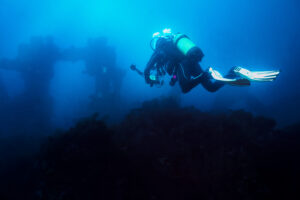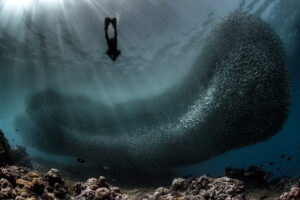What is the AA6351 Aluminium Alloy in Diving Cylinders?
Aluminium alloy 6351, often abbreviated as AA6351, is a specific type of aluminium alloy traditionally used in the construction of scuba diving cylinders. This unique metal blend has specific characteristics that make it both versatile and resilient. However, this alloy is also known for its susceptibility to sustained load cracking (SLC), a phenomenon that has led to the discontinuation of its use in new cylinder manufacturing since 1988. Nonetheless, a significant number of these cylinders remain in circulation and service today, necessitating periodic testing and maintenance to ensure their safe operation.
Properties of Aluminium Alloy 6351
AA6351 is part of the 6000 series of aluminium alloys, renowned for their strength, workability, and resistance to atmospheric corrosion. This series of alloys are heat-treatable, their strength derived from the presence of elements such as magnesium and silicon. In AA6351, the precise blend of constituent elements contributes to its exceptional toughness and resistance, traits that initially made it an attractive choice for scuba cylinder construction.
AA6351 and Sustained Load Cracking (SLC)
The critical issue with AA6351 lies in its propensity for sustained load cracking, a type of stress corrosion cracking (SCC). SLC occurs when the alloy is under constant pressure, a standard condition for scuba cylinders filled with high-pressure gas. Over time, this sustained load can lead to the development of microscopic cracks in the metal structure. These cracks may grow over time, potentially leading to cylinder failure if undetected.
Eddy Current Testing
To detect the early stages of SLC, cylinders made from AA6351 are subject to periodic eddy current testing. This non-destructive testing technique uses electromagnetic induction to detect flaws in conductive materials. When a magnetic field is applied to a cylinder, it generates circulating electric currents, known as eddy currents, within the metal. Any disruption in these currents, such as a crack, will alter the magnetic field, thereby signaling the presence of a flaw.
The Discontinuation of AA6351 Use
Given the safety risks associated with SLC, AA6351 has not been used for new cylinder manufacture since 1988. The decision was driven by the diving industry’s commitment to safety and the availability of alternative materials that do not exhibit susceptibility to SLC. However, the discontinuation did not mandate the withdrawal of existing AA6351 cylinders from service.
AA6351 Cylinders in Service Today
Despite the cessation of new AA6351 cylinder production, many of these units remain in service. Their continued use is largely a testament to their original robustness and the rigorous testing and maintenance protocols put in place to mitigate the risks associated with SLC.
Cylinders made of AA6351 are not inherently unsafe; however, they require more frequent and specialized testing than cylinders composed of other materials. Eddy current testing is typically performed during the cylinder’s hydrostatic testing cycle, which is generally every five years under DOT (Department of Transportation) regulations.
Key Takeaways
The story of AA6351 in scuba diving is a testament to the evolving understanding of material science in the service of safety. While the alloy’s initial properties made
it an attractive choice for high-pressure applications, further research identified potential risks under sustained loading conditions. This realization led to a phased discontinuation of its use in new cylinder manufacturing, but not before many thousands of AA6351 cylinders were produced and put into service.
The presence of these cylinders in the field today is a reminder of past manufacturing practices and the ever-evolving standards of the scuba diving industry. It also underscores the importance of regular inspection and maintenance of scuba gear. For AA6351 cylinders, this includes periodic eddy current testing to detect any early signs of SLC.
Although AA6351 cylinders are no longer manufactured, those in service today can continue to be used safely, provided they undergo regular testing and are properly maintained. The eddy current test is a critical component of this maintenance regime, enabling the early detection of SLC and ensuring the ongoing safety of divers using these cylinders.
Today, the legacy of AA6351 serves as an important lesson for the diving industry and for material science more broadly. It underscores the importance of rigorous testing and continuous reassessment of established practices. As we develop new materials and technologies, we must remain vigilant to their long-term performance, particularly when human safety is on the line.
Ultimately, the story of AA6351 in scuba diving is a story of progress, of learning from past experiences, and of a commitment to safety above all else. It’s a story that reflects the ongoing evolution of the scuba diving industry and the relentless pursuit of better, safer experiences for all divers.


